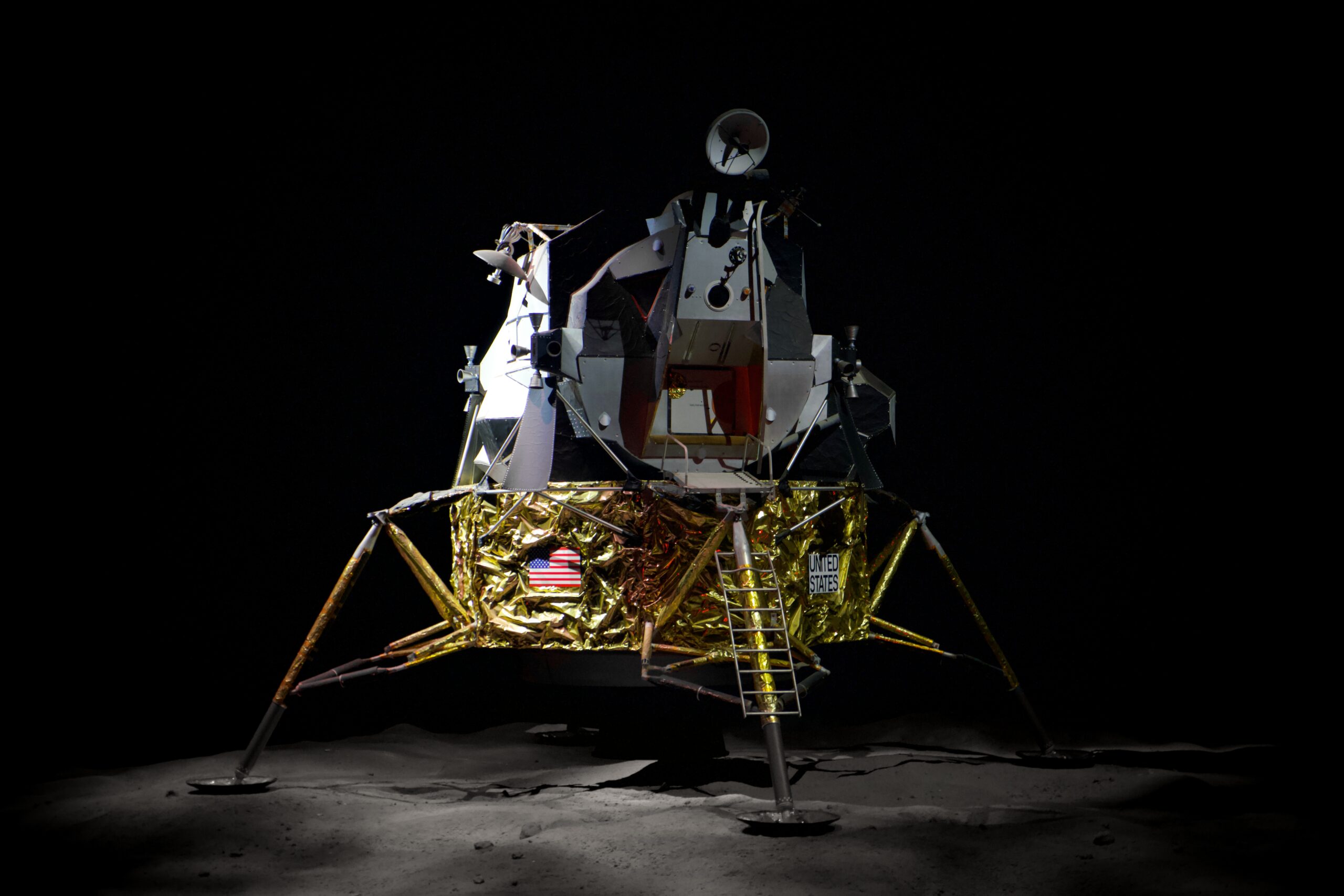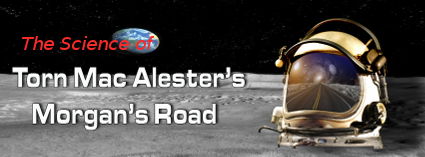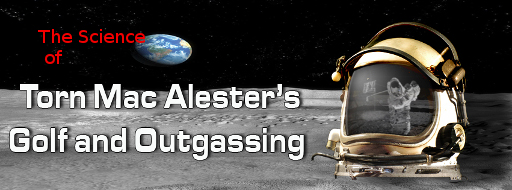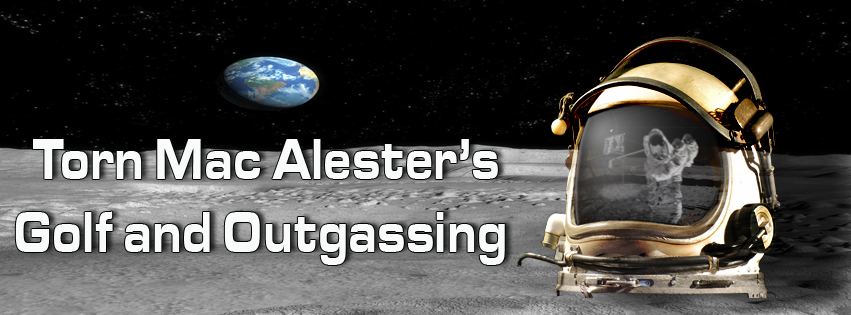
World Building for Science FictionImage by Snapwire on pexels I wanted to share some insight into the world building process that I am using in my science fiction stories. First off, most would call my science fiction as ‘Hard’ science fiction because of my use of scientific rigor when developing my stories. For myself, it’s […]





